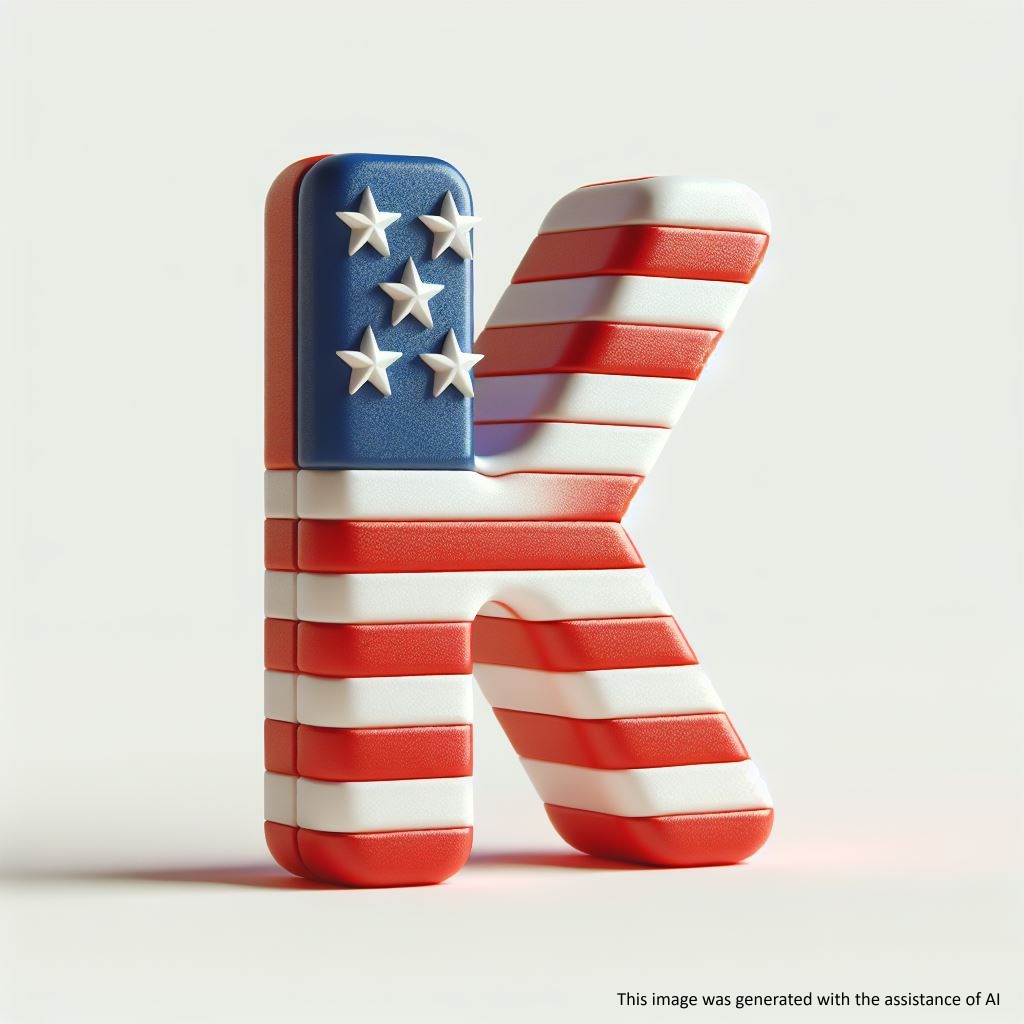AmeriKa
Submitted by Atlas Indicators Investment Advisors on March 21st, 2025
America's K-shaped economy continues to be a defining feature of our economic landscape in 2025, highlighting the stark contrast between the resilient upper echelons and the increasingly fragile lower segments of society. This divergence, which became apparent during the COVID-19 pandemic, has only intensified over the past few years, creating a tale of two Americas within our economic framework.
At the top of the K, we see a picture of robust growth and prosperity. The affluent top 10 percent of earners are powering consumer spending, accounting for approximately half of all purchases in the United States according to research from Mark Zandi at Moody’s Analytics. This is well above the 36.0 percent of consumer spending they represented during the past several decades and is a record since at least 1989.
In stark contrast, the lower arm of the K represents a growing segment of the population facing financial strain and uncertainty. Despite nominal wage increases, inflation-adjusted incomes for the bottom 40 percent continue struggling with the effects of higher prices, even as the pace of increases eases. Folks in this portion of the K are often dependent on subprime loans for financing consumer goods like automobiles. Credit rating agency Fitch has tracked subprime auto loans going back to the early 1990s when they were created. In 2023, delinquencies in this category of lending reached an all-time high and then rose further last year. In January 2025, it reached another record level, 6.6 percent were at least 60 days late.
Atlas believes the persistence of this K-shaped recovery poses risks to long-term economic stability and, maybe more importantly, social cohesion. While the spending power of the affluent is currently propping up gross domestic product figures, the financial strain on a large portion of the population is likely to dampen aggregate demand and increase reliance on government support programs (even as their continued existence is called into question). As we move forward, addressing this economic divide will be crucial not only for ensuring durable growth but also for maintaining the overall health and resilience of the American economy, the nation’s budget, and importantly, civil discourse.

